Have you ever felt a strange tingling in your arm, leg, or foot after sitting or lying in a certain position for too long? Maybe it feels like tiny pins and needles are poking you, and moving your limb feels funny or even a bit painful. This odd sensation is called paresthesia. It’s what happens when a part of your body “falls asleep.” But why does this happen? Let’s explore the science behind it!

How Does Paresthesia Happen?
Paresthesia occurs when your nerves or blood flow to a certain part of your body is temporarily disrupted. Your nerves are like little messengers, sending signals between your brain and different parts of your body. They tell your brain things like “this is soft,” “that’s hot,” or “ouch, that’s sharp!”
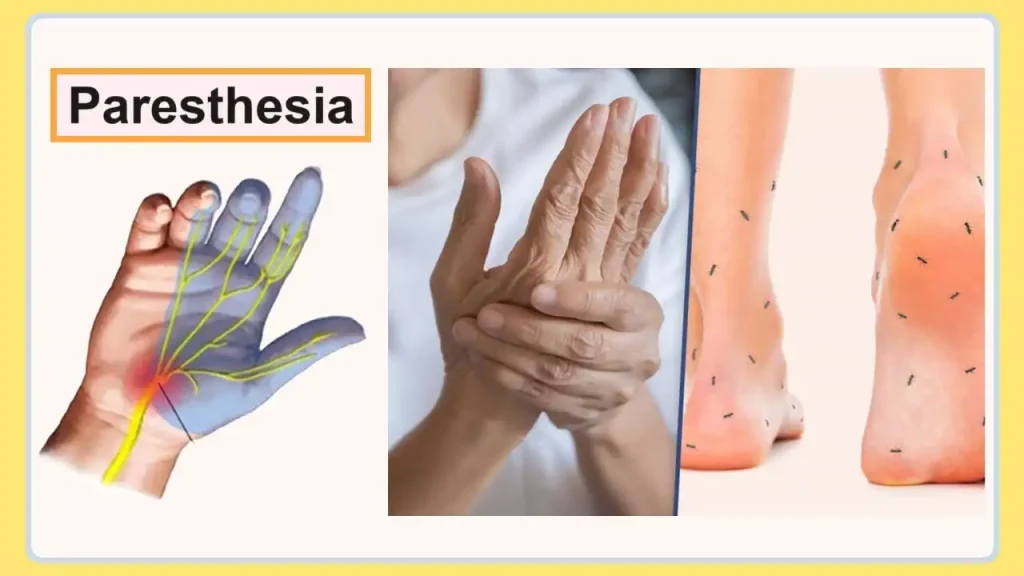
When you sit in an awkward position or cross your legs for too long, you might compress (squash) the nerves or blood vessels in that area. This prevents the nerves from sending proper signals to the brain. When this happens, you may feel:
- Numbness (like the limb isn’t even there).

- Tingling (the “pins and needles” feeling).
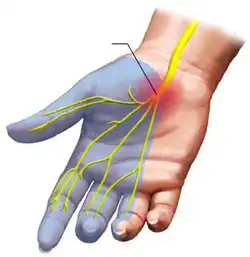
- Weakness (you can’t move it properly for a moment).

As soon as you adjust your position, blood flow returns, and the nerves wake up again. That’s why you often feel a rush of tingling as the sensation fades away.
Why Does It Feel So Strange?
Your body uses a combination of nerves and blood to keep everything working smoothly. When something interrupts this balance, your brain gets confused. Imagine a tap dripping water irregularly—it doesn’t flow the way it’s supposed to. Similarly, disrupted nerves send mixed signals to your brain, creating that prickly sensation.

Once the blood flow and nerve signals return to normal, the brain can “talk” to that body part again, and everything feels fine.
Common Reasons for Paresthesia
Here are some everyday reasons why your arms, legs, or feet might fall asleep:
- Sitting or Standing in One Position for Too Long
If you sit cross-legged, lean on your arm, or stay in one posture for a while, it can cut off circulation or press on nerves.
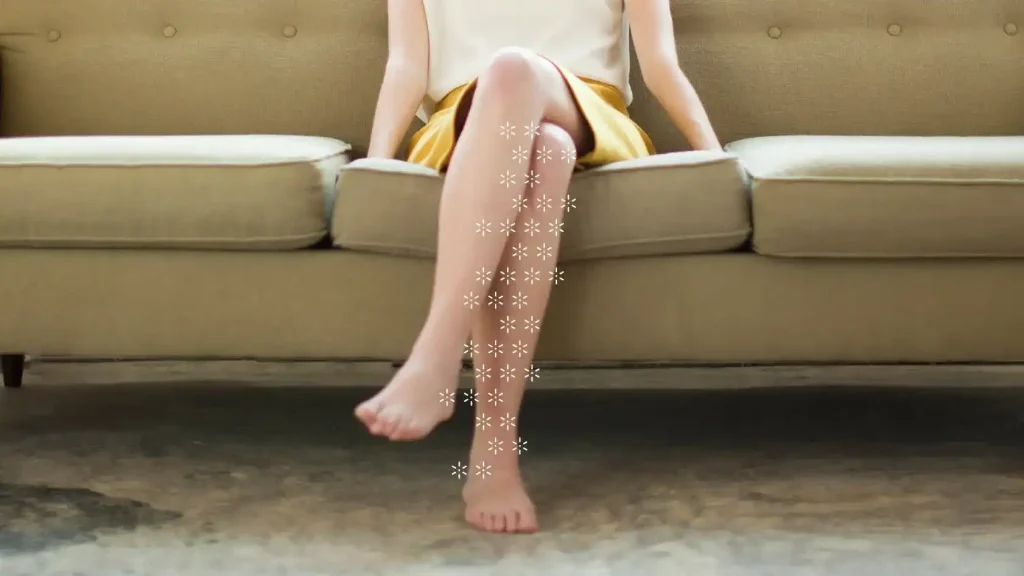
- Poor Posture
Slouching or holding your body in an odd position can also press on nerves, especially in your neck or back.
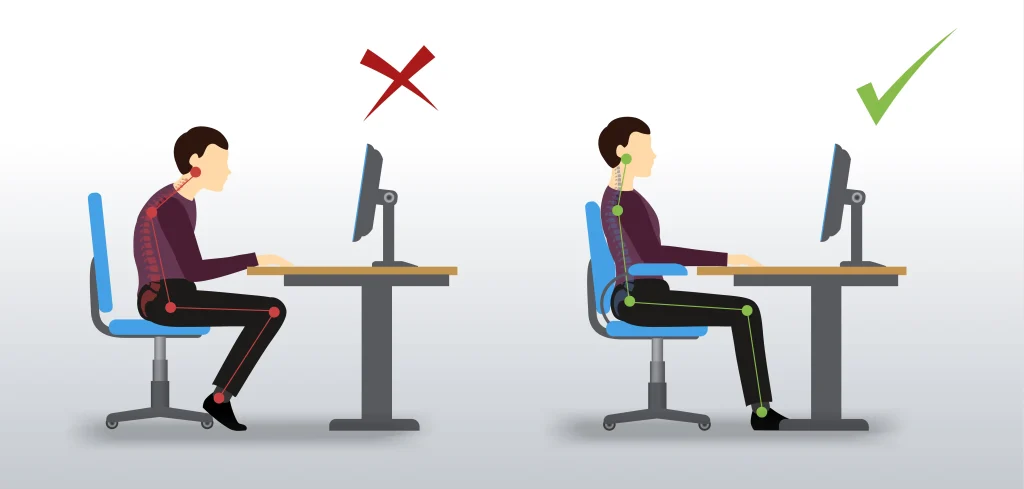
- Tight Clothes or Shoes
Wearing tight socks, shoes, or trousers can restrict blood flow and cause numbness in your feet or legs.

- Carrying Heavy Backpacks or Bags
Carrying a heavy load, especially on one shoulder, can compress nerves in your shoulders or arms.

When Is It a Problem?
Most of the time, when a body part falls asleep, it’s harmless and goes away quickly. But sometimes, persistent tingling or numbness can be a sign of something more serious, such as:
- Nerve Damage: Caused by an injury or a condition like diabetes.

- Circulatory Problems: Poor blood flow can lead to numbness.
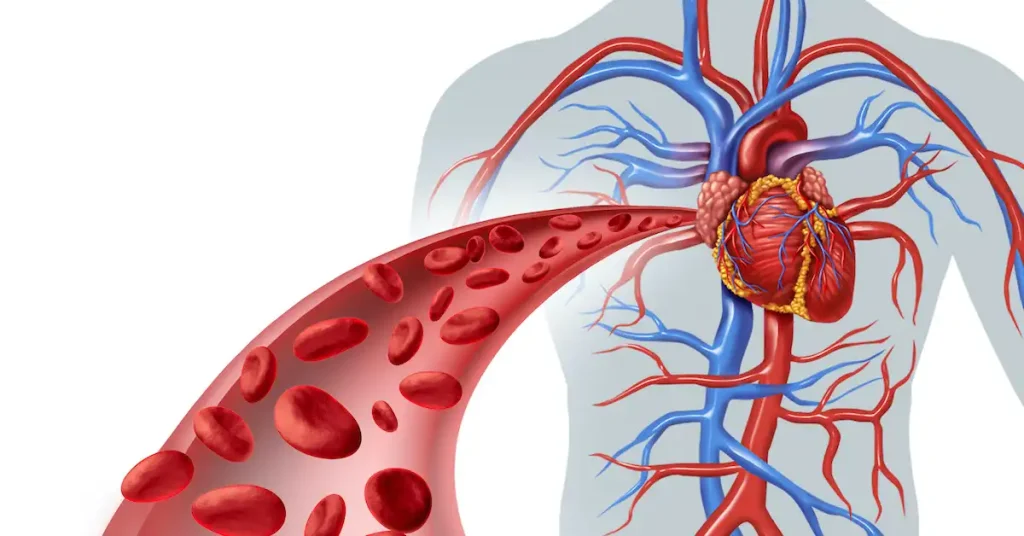
- Vitamin Deficiencies: A lack of certain vitamins, like B12, can affect nerve health.

- Neurological Conditions: Disorders like multiple sclerosis can cause ongoing tingling.
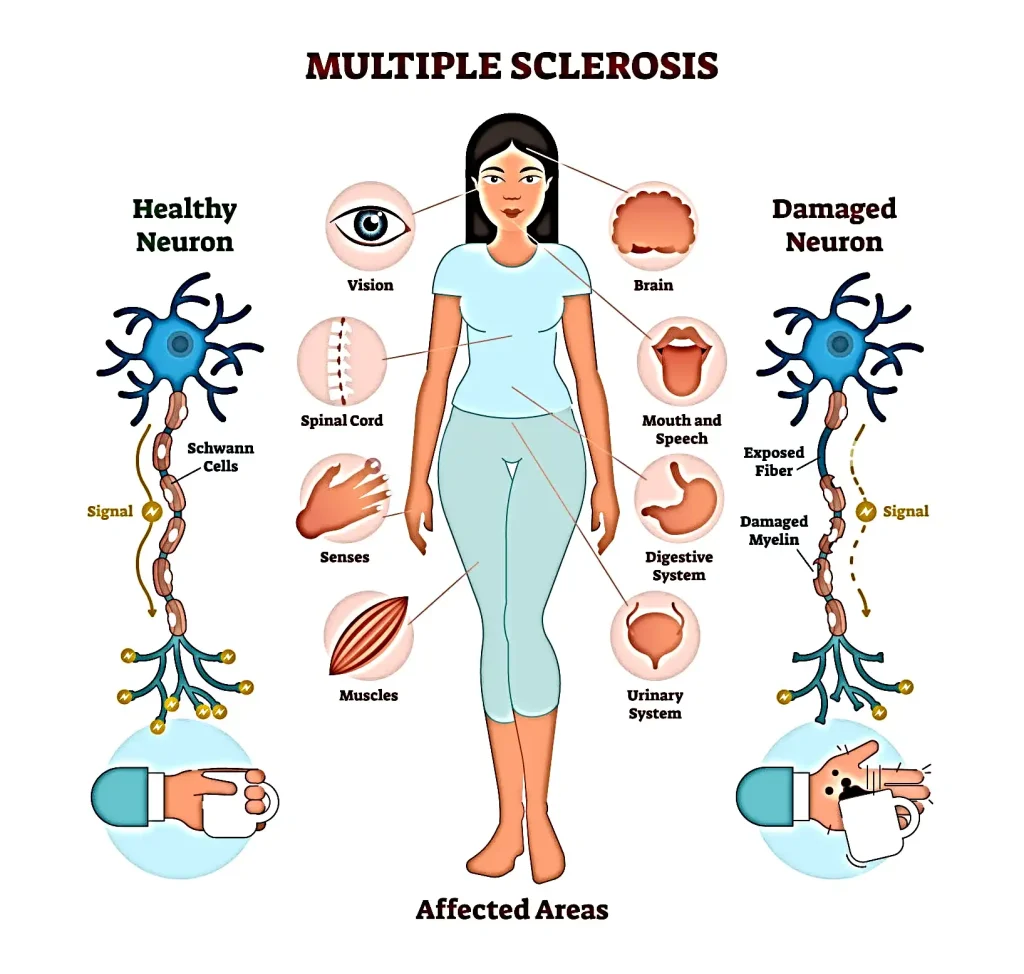
If you notice that a body part frequently falls asleep or if the sensation doesn’t go away after a few minutes, it’s a good idea to tell an adult or see a doctor.
How to Prevent Paresthesia
You can avoid that “pins and needles” feeling by taking some simple steps:
- Move Around Regularly
If you’re sitting for a long time, stand up and stretch every 30 minutes. This keeps your blood flowing properly.
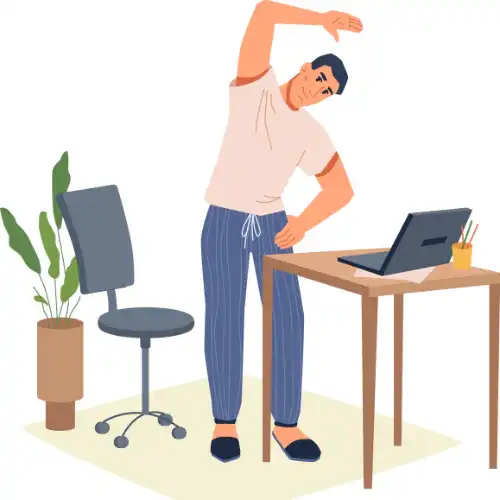
- Practise Good Posture
Sit or stand in a position that doesn’t put pressure on your nerves.
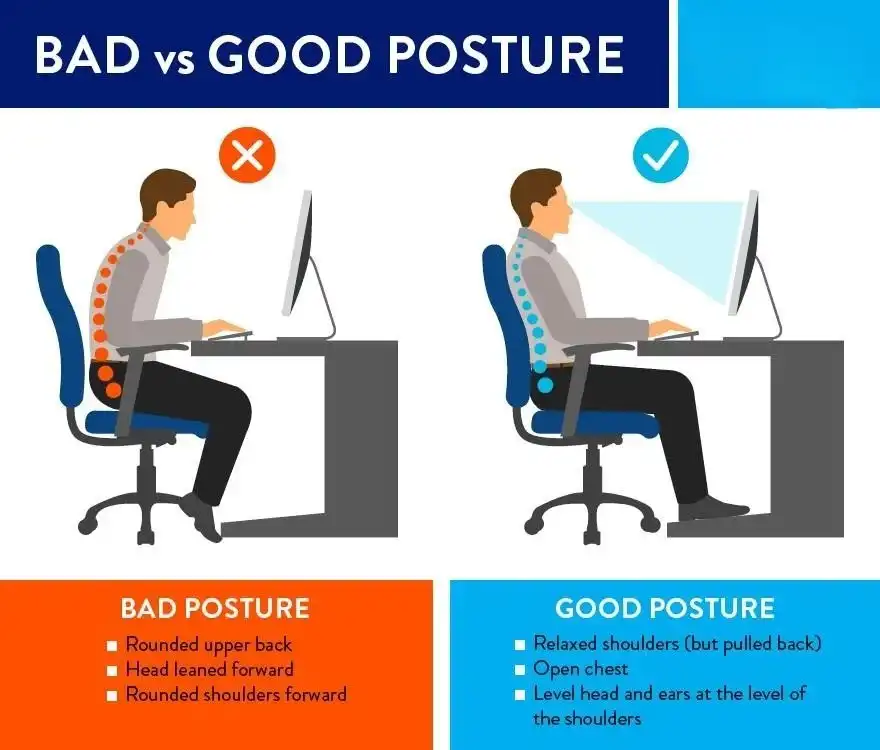
- Avoid Tight Clothing
Make sure your clothes and shoes fit comfortably.

- Stay Healthy
Eating a balanced diet and staying hydrated can improve circulation and nerve health.

Fun Fact: Animals Can Feel It Too!
Did you know that animals can also experience paresthesia? For example, if a cat sleeps in an awkward position, it might shake its paw to “wake it up” after. Pretty funny, right?

What to Do When a Limb Falls Asleep
If you notice your arm, leg, or foot has fallen asleep, here’s what you can do:
- Change Position: Move or shake the limb gently to restore blood flow.
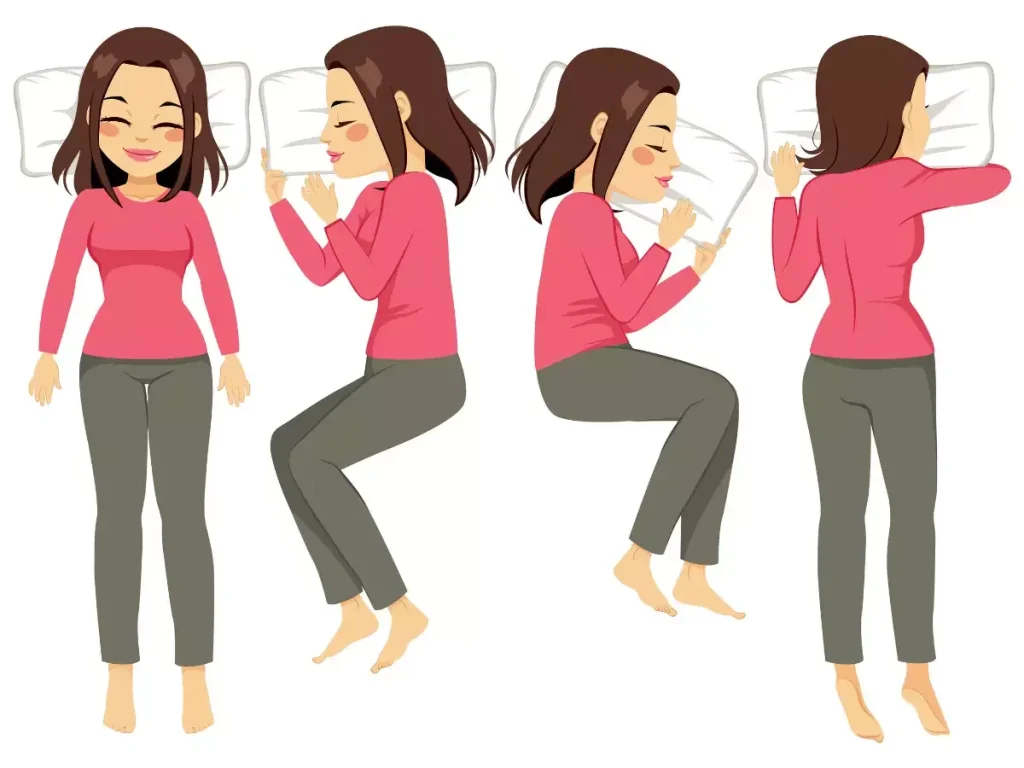
- Massage the Area: Rubbing the numb part can help wake up the nerves.

- Stretch: Stretching helps the nerves and blood vessels function properly again.

Conclusion
The next time your arm, leg, or foot falls asleep, don’t panic! It’s your body’s way of telling you to move around and let your blood and nerves do their job. By understanding how it works, you can take steps to prevent it from happening too often—and if it does, you’ll know exactly what to do!
For more interesting articles, please visit www.kidzherald.com





